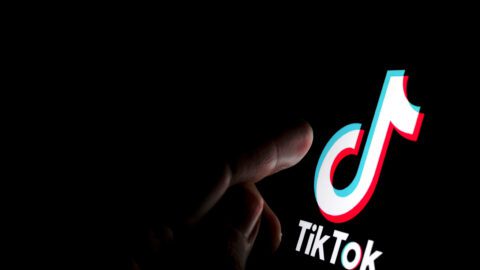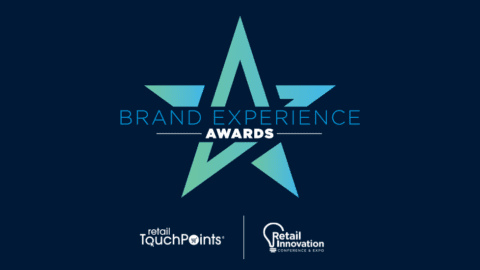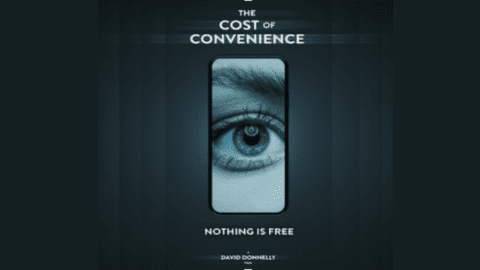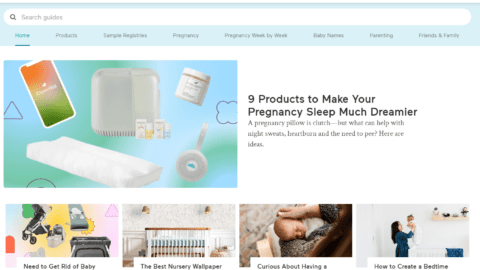The convergence of social media and technology is changing how people shop and what they expect from retailers. The QR code is the latest technology to be part of this shift. According to research from comScore, 20.1 million mobile phone owners in the U.S. used their device to scan a QR code in the three-month average period ending October 2011. Among this group, 59.4% scanned from home, 44% from a retail store and 26.6% from a grocery store.
It seems that QR codes have become a retailer’s secret weapon. But why? The answer lies in interactivity: By simply using the camera phone to scan the code, consumers can connect to the product web site; check availability, reviews and ratings; access comparative shopping information; enter contests; and even go direct to a call center to have their questions answered. Suddenly, static media has become two-dimensional, exciting and, most importantly, measureable.
Used as a marketing tool, QR codes can bring a brand to life and provide detailed information to the increasingly connected and savvy consumer. They can be used in store on products, either on shelf, on pack or at point of sale. Alternatively, they can envelope the consumer in a deeply immersive brand experience that merges online and off, or be used to drive sales and increase footfall.
But are retailers really seeing results from QR codes? What trends are emerging? Who are the early adopters integrating this new marketing tool to best effect? How is the technology changing the customer experience?
Revolutionizing Window Displays
The integration of QR codes into store fronts and window displays is an emerging QR code trend. In a South Korean subway station, Tesco created a virtual store ― a wall of product images, each with their own QR code ― that allows passers-by to scan and buy items then have them delivered to their homes. Even though Southeast Asia is the home of the QR code, this is an idea that retailers in the U.K. have been quick to copy. Waitrose recently incorporated the concept into its Brighton branch store front, filling the window with product images and QR codes related to its Top 30 Christmas gifts. HMV and 20th Century Fox recently launched posters on bus stops with QR codes on each image of a DVD or Blu-Ray; when scanned, the codes direct consumers to the HMV online store where the items can be purchased.
Providing Additional Product Information
Another trend is using the QR code to access additional information. In the U.S., the first major retailer to adopt the QR code was electronics retailer Best Buy, who integrated QR codes into its at-shelf product fact tags in September 2010. By scanning the code, Best Buy shoppers can view and compare key product features more visually, as well as access reviews and email product information to friends. In Germany, grocery chain REWE first introduced QR codes into its products in early 2011, allowing customers to access product origins and examine nutritional information.
Realizing The Brand
Target is another retailer pushing the boundaries by using mobile bar codes to provide customers with a more interactive experience. The U.S. retail giant embedded QR codes into its national print advertisements for home furnishing products. When customers scan the QR code, they are linked to a 60-second video of Sabrina Soto, a home styling expert, who demonstrates how Target’s furnishings and products can liven up home décor. Macy’s Backstage Pass used a similar approach: scanning the code brought celebrity designers and fashion authorities into every store location nationwide. Customers received essential tips; information on the latest trends; and advice and inspiration straight from their favorite style icons.
Refining The Offer
QR codes go beyond the ability to bring something fresh and invigorating to a campaign; when used in conjunction with an analytics platform, they allow retailers to gain valuable data about the consumer from each and every scan. Retailers can use the insight to further tailor consumer interactions to better address their target audience and funnel additional spend into high-performing components of their campaigns.
Future Applications: The QR Code In 2012
According to a new study from Forrester Research, 5% of adult U.S. smartphone users now scan 2D bar codes ― including QR codes ― up from 1% in 2010. Based on this growth, mobile barcodes will continue to gain traction in 2012, thanks to greater smartphone penetration, increased consumer awareness, and brand confidence and understanding. QR codes also will cement their place as the dominant 2D code, becoming the most utilized mobile media elements leveraged by marketers across all sectors.
Next year, as best practices become mainstream and brands move past the trial-and-error phase to deliver bolder, sharper strategies, retailers will be creating even more intriguing campaigns. We also will begin to see coupling: a tactic in which brands include multiple modes in their calls-to-actions, such as using both QR and SMS in advertisements. QR codes will be launched alongside NFC initiatives, as these technologies increasingly are seen as complementary rather than competitive. Next year also will see industry guidelines for standardization and best practices take shape, led by one of the major trade associations.
QR codes take customers on an interactive and oftentimes immersive product/brand journey and make a unique and dynamic contribution to the marketing mix. Undoubtedly they will continue to hold countless possibilities for retailers in the years ahead.












